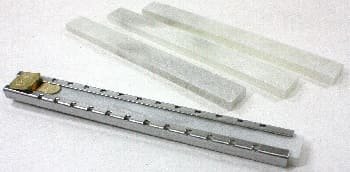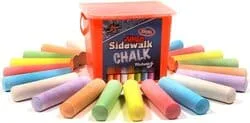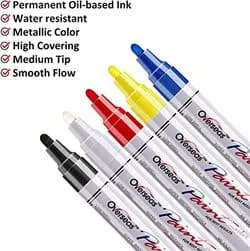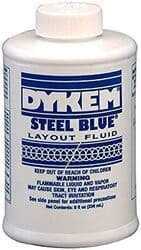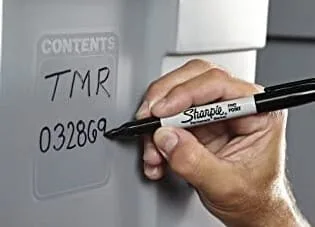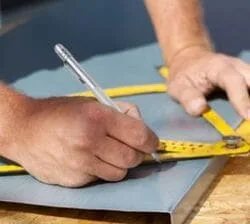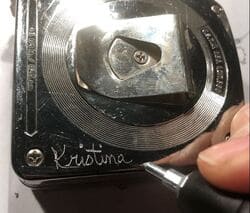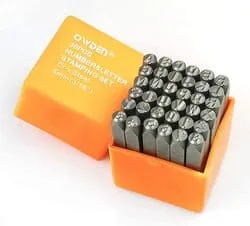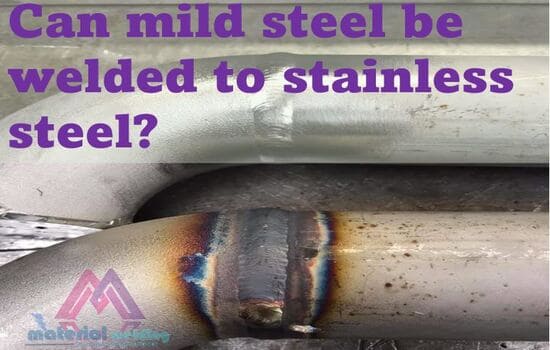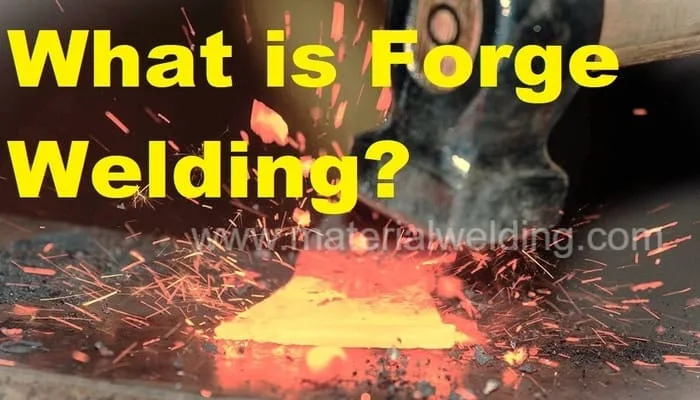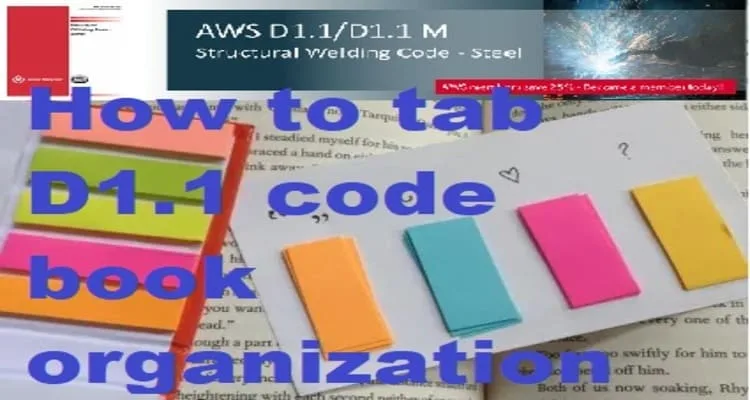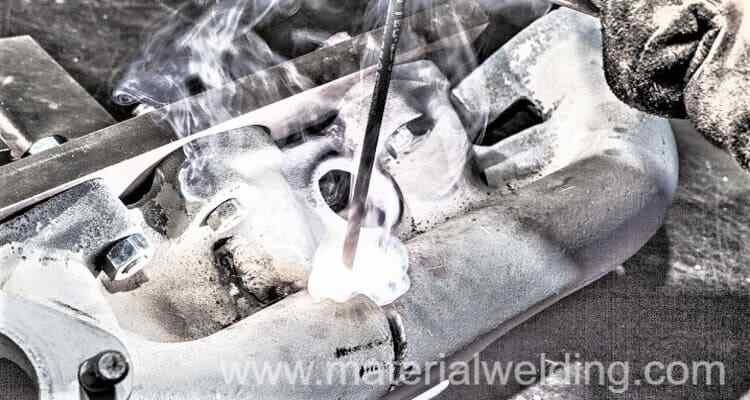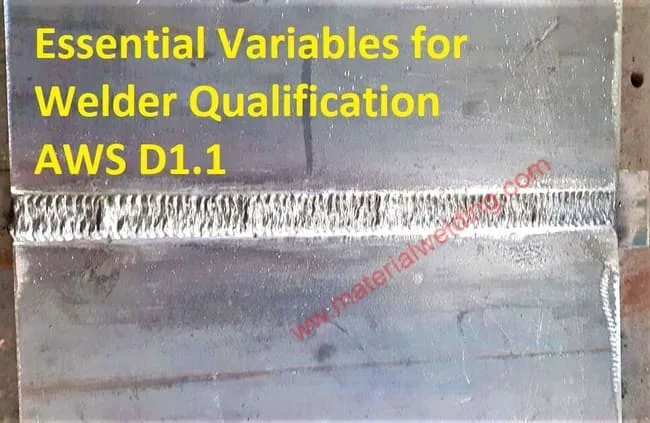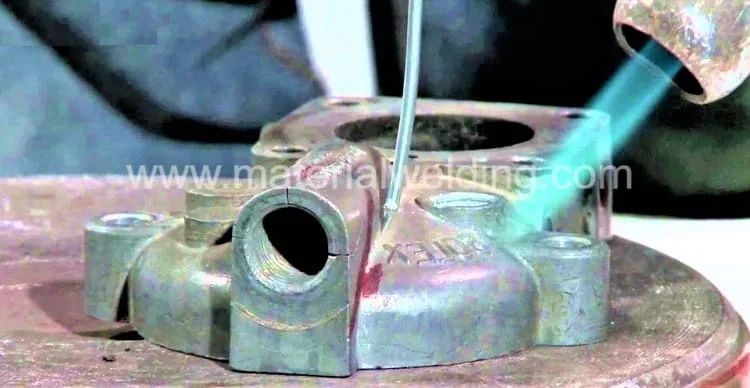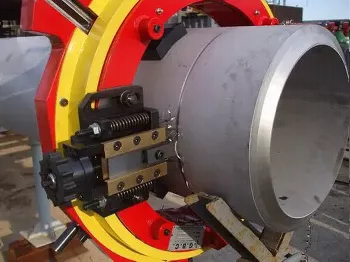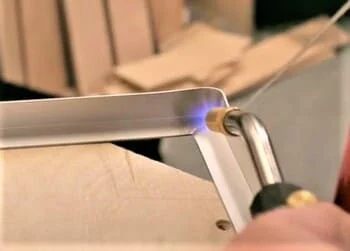When it comes to welding, choosing the right method and materials is crucial for a successful outcome.
One of the most important decisions you’ll need to make is what to write on metal before welding.
This can have a significant impact on the quality of the weld and its durability.
In this article, we’ll cover the best things to write on metal for welding, including different methods, advantages, and disadvantages.
It’s essential to understand what type of markings need to be made, the tools needed as well as the techniques used in order to successfully mark metal for welding.
How To Mark on Metal: Best Methods
If you need to mark on metal for any reason, whether it be for labeling or simply an artistic project, there are several methods you can use.
Knowing the best techniques to mark on metal can help ensure that your markings are properly visible and accurate.

Method 1: Mark Metal with a Soapstone
Soapstone is a popular choice for marking metal before welding because it’s easy to apply and remove.
It’s a natural material that’s soft and easy to write with, so it’s ideal for marking detailed lines or shapes. Soapstone is also heat-resistant, so it won’t burn off during the welding process.
Advantages:
- Easy to apply and remove
- Heat-resistant
- Ideal for detailed markings
Disadvantages:
- Not suitable for high-temperature welding processes.
- Can smudge or rub off if not handled carefully.
Method 2: Mark Metal with Chalk
Chalk is another common marking material for metal welding. It’s easy to apply and remove, and it’s also heat-resistant.
Chalk is also relatively inexpensive, making it an affordable option for marking metal.
Advantages:
- Easy to apply and remove
- Heat-resistant
- Inexpensive
Disadvantages:
- Can smudge or rub off if not handled carefully
- Not suitable for high-temperature welding processes
Method 3: Mark Metal with Paint Pens
Paint pens are a popular option for marking metal because they provide a permanent mark that won’t rub off during the welding process.
They’re also available in a wide range of colors, making them useful for color-coding different sections or components.
Advantages:
- Permanent mark
- Available in a wide range of colors
Disadvantages:
- Not suitable for high-temperature welding processes
- Can be difficult to remove if a mistake is made
Method 4: Mark Metal with Layout Fluid
Layout fluid is a specialized marking material that’s designed for metalworking. It’s a thin, colored liquid that’s applied to the metal surface and allowed to dry. The dried fluid provides a visible and permanent mark that’s resistant to high temperatures.
Advantages:
- Provides a permanent mark
- Resistant to high temperatures
Disadvantages:
- Can be messy to apply
- May require specialized removal techniques.
Method 5: Mark Metal with Permanent Markers
Permanent markers, such as Sharpies, are a common choice for marking metal before welding.
They’re easy to use and provide a permanent mark that won’t rub off during the welding process. They’re also available in a wide range of colors, making them useful for color-coding different sections or components.
Advantages:
- Easy to use
- Permanent mark
- Available in a wide range of colors
Disadvantages:
- Not suitable for high-temperature welding processes
- Can be difficult to remove if a mistake is made
Method 6: Mark Metal with Scriber
A scriber is a tool that’s designed for marking metal by scratching the surface. It’s ideal for making precise and detailed marks on metal surfaces. Scribes can be made from a variety of materials, including carbide and tungsten.
Advantages:
- Ideal for making precise and detailed marks
- Can be used for high-temperature welding processes
Disadvantages:
- Requires a steady hand to use effectively
- Can be difficult to see in low-light conditions
Method 7: Mark Metal with Paint Markers
Paint markers, like paint pens, provide a permanent mark that won’t rub off during the welding process. They’re also available in a wide range of colors and tip sizes, making them useful for a variety of applications.
Advantages:
- Permanent mark
- Available in a wide range of colors and tip sizes
Disadvantages:
- Not suitable for high-temperature welding processes
- Can be difficult to remove if a mistake is made
Method 8: Mark Metal with Engraver
An engraver is a tool that uses a rotating cutting bit to engrave marks onto metal surfaces. They’re ideal for making precise and permanent marks, and can be used for a variety of applications.
Advantages:
- Ideal for making precise and permanent marks
- Can be used for high-temperature welding processes
Disadvantages:
- Can be expensive
- Requires skill and practice to use effectively
Method 9: Mark Metal with Hard Punching
Hard punching involves using a punch and hammer to create marks on metal surfaces. It’s an effective method for creating deep, permanent marks on metal surfaces.
Advantages:
- Creates deep, permanent marks
- Can be used for high-temperature welding processes
Disadvantages:
- Can be time-consuming
- Requires skill and practice to use effectively
Method 10: Mark Metal with Laser Engraving
Laser engraving uses a laser to create marks on metal surfaces. It’s an effective method for creating precise and permanent marks, and can be used for a variety of applications.
Advantages:
- Ideal for making precise and permanent marks
- Can be used for high-temperature welding processes
Disadvantages:
- Can be expensive
- Requires specialized equipment and training.
Metal Marking Methods: Comparison
| Marking Method | Advantages | Disadvantages |
| Soapstone | Easy to apply and remove, heat-resistant, ideal for detailed markings | Not suitable for high-temperature welding processes, can smudge or rub off if not handled carefully |
| Chalk | Easy to apply and remove, heat-resistant, inexpensive | Can smudge or rub off if not handled carefully, not suitable for high-temperature welding processes |
| Paint Pens | Permanent mark, available in a wide range of colors and tip sizes | Not suitable for high-temperature welding processes, can be difficult to remove if a mistake is made |
| Scriber | Ideal for making precise and detailed marks, can be used for high-temperature welding processes | Requires a steady hand to use effectively, can be difficult to see in low-light conditions |
| Permanent Markers | Easy to use, permanent mark, available in a wide range of colors | Not suitable for high-temperature welding processes, can be difficult to remove if a mistake is made |
| Engraver | Ideal for making precise and permanent marks, can be used for high-temperature welding processes | Can be expensive, requires skill and practice to use effectively |
| Hard Punching | Creates deep, permanent marks, can be used for high-temperature welding processes | Can be time-consuming, requires skill and practice to use effectively |
| Laser Engraving | Ideal for making precise and permanent marks, can be used for high-temperature welding processes | Can be expensive, requires specialized equipment and training |
| Color Coding | Reduces the risk of errors or mistakes, allows for quick and easy identification of different components or sections | Requires additional materials and planning, can be time-consuming to implement |
Conclusion
In conclusion, there are a variety of methods for marking metal for welding, each with its own set of advantages and disadvantages. Soapstone and chalk are inexpensive and easy to use, but not suitable for high-temperature welding processes.
Paint pens and permanent markers provide a permanent mark and are available in a wide range of colors, but can be difficult to remove if a mistake is made.
Scribes and engravers are ideal for making precise and detailed marks, but can be expensive and require skill and practice to use effectively.
Hard punching creates deep, permanent marks, but can be time-consuming. Laser engraving provides precise and permanent marks, but requires specialized equipment and training.
